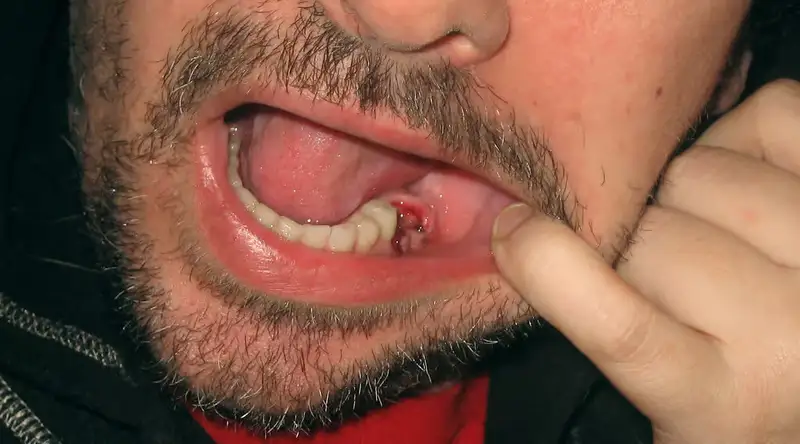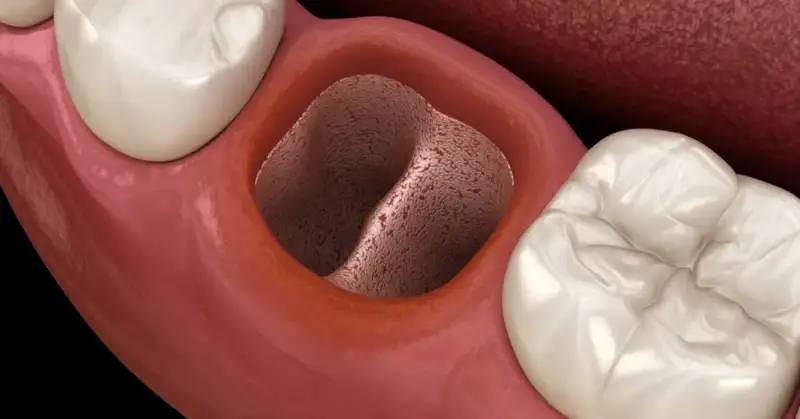7 Effective Ways to Get Food Out of Wisdom Tooth Holes
Wisdom teeth are often a source of discomfort and complications, particularly after extraction. The sockets left behind can trap food particles, leading to concerns about oral health. This article explores the effective methods to remove food stuck in the wisdom tooth holes, helping you maintain a clean and healthy mouth during the healing process.
What are Wisdom Teeth?
Wisdom teeth are the last set of molars that usually develop in a person’s late teens or early twenties. Their purpose is to assist with chewing, but many people find they do not have enough space in their mouths for these teeth. Consequently, wisdom teeth often become impacted or misaligned, necessitating their removal to prevent complications such as infection or damage to adjacent teeth.
Why Do Wisdom Teeth Need to Be Removed?
There are several reasons why a dentist may recommend wisdom teeth removal. Common issues include overcrowding, impaction, and the potential for decay or infection. When wisdom teeth become stuck in the gums, they can create pockets where food and bacteria accumulate, leading to serious dental problems. Removing these teeth can help maintain overall oral health and prevent food from getting lodged in the extraction site.
When to Consult a Dentist?
It’s essential to recognize signs that indicate you may need to consult your dentist after wisdom tooth extraction. If you experience severe pain, swelling, or prolonged bleeding, these may be signs of complications such as infection or a dry socket. Additionally, if you notice food stuck in your wisdom tooth socket that you cannot remove or if bad breath persists, seek professional help. Early intervention can prevent further issues and ensure your oral health remains a priority during recovery.
The Process of Wisdom Tooth Extraction

The process of wisdom tooth extraction typically involves a dental examination and imaging to assess the position of the teeth. During the procedure, the dentist will remove the teeth and clean the tooth sockets to minimize food particles getting stuck. It’s essential to follow postoperative care instructions, such as rinsing your mouth with warm salt water, to promote healing and prevent complications like a dry socket.
Tips for Maintaining Oral Hygiene
- Use a saltwater rinse to flush the socket and help the healing process in the tooth extraction site.
- A water flosser can help safely remove food debris that may get stuck in the extraction site.
- Avoid hard or sticky foods that might get stuck in the extraction site and cause food impaction.
- If food does get stuck, there are various ways to remove food stuck in the extraction site, such as using a soft-bristled toothbrush or rinsing gently.
- Be vigilant for any signs of infection in the first 24 hours after the wisdom tooth was extracted.
- If food debris continues to get stuck on one side of your mouth, consult a dental professional for advice on how to safely remove the food particle.
What Happens if Food Gets Stuck in Wisdom Teeth?
When food particles get stuck in wisdom teeth or the surrounding areas, it can lead to various complications. These particles may cause irritation or inflammation in the wisdom tooth socket, potentially leading to infection. If not addressed promptly, food stuck in wisdom teeth can disrupt the healing process after extraction, increasing the risk of developing a dry socket, which can be quite painful. Therefore, it’s crucial to regularly check for any food lodged in these areas to maintain oral health.
Symptoms of Food Stuck in Wisdom Tooth Holes
Recognizing the symptoms of food stuck in wisdom tooth holes is essential for timely intervention. Common signs include discomfort or pain in the extraction site, sensitivity while chewing, and bad breath resulting from trapped food particles. Additionally, you may notice swelling or bleeding around the wisdom tooth socket. If you suspect food is stuck in the wisdom tooth hole, seeking advice from your dentist can help prevent further complications and ensure proper care for your oral health.
Why Does Food Get Stuck in Wisdom Tooth Sockets?

Food often gets stuck in wisdom tooth sockets due to the unique structure of these areas. After wisdom teeth removal, the extraction sites create small hollows where food particles can easily lodge. Additionally, if you consume hard or fibrous foods, they are more prone to getting trapped in the wisdom teeth holes. The shape and depth of the tooth socket can also contribute to this issue, making it essential to be cautious about food choices during the healing process to prevent food from getting stuck.
Using a Syringe for Gentle Rinsing
One effective method to remove food stuck in wisdom tooth holes is using a syringe for gentle rinsing. Your dentist may recommend a syringe filled with warm salt water to help dislodge any trapped particles without causing further irritation. By carefully using the syringe, you can direct the water into the socket, facilitating the removal of food stuck in the wisdom tooth area. This method is particularly useful during the early stages of healing, as it helps maintain cleanliness without disrupting the blood clot necessary for proper healing.
Rinsing Techniques to Get Food Out of Wisdom Teeth
Rinsing techniques can be highly effective in getting food out of wisdom teeth holes. Using warm salt water to rinse your mouth can help dislodge stuck food particles while promoting healing. Swishing the solution gently around the mouth allows it to reach the wisdom tooth sockets and remove debris. Repeating this process several times a day, especially after meals, can significantly reduce the chances of food getting lodged in the extraction sites, thus maintaining optimal oral health during recovery.
Manual Removal Techniques for Stuck Food
If rinsing methods prove ineffective, manual removal techniques can be employed to dislodge stuck food. Utilizing a clean, soft toothbrush or a dental pick, you can gently dislodge food particles from the wisdom tooth sockets. However, it is crucial to be cautious and avoid excessive force, as this can irritate the extraction site and potentially lead to complications. Always consult your dentist before attempting any manual removal techniques to ensure you are not compromising your healing process.
Best Practices Post-Extraction
After wisdom tooth extraction, it is crucial to follow best practices to prevent food from getting stuck in the sockets. A key practice is to maintain a soft food diet for the first few days post-surgery. Foods such as yogurt, mashed potatoes, and smoothies are ideal as they are less likely to lodge in the wisdom teeth holes. Additionally, rinsing your mouth gently with warm salt water can help keep the extraction site clean without disturbing the blood clot, which is essential for healing.
Foods to Avoid After Wisdom Tooth Removal
To ensure optimal healing and prevent food from getting stuck in the wisdom tooth sockets, avoid certain foods after wisdom teeth removal. Hard, crunchy foods like nuts and chips can easily dislodge the blood clot and irritate the extraction site. Sticky foods such as caramel or taffy can cling to the tooth socket and are difficult to remove. It’s wise to refrain from consuming spicy or acidic foods as they may cause discomfort and inflammation in the healing gums. Opt for soft foods to minimize complications during recovery.




Post Comment